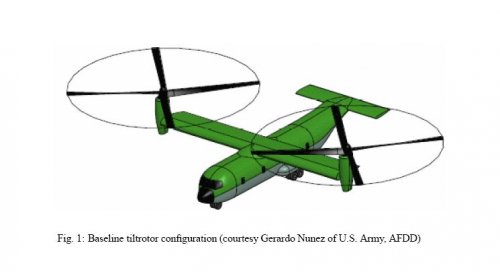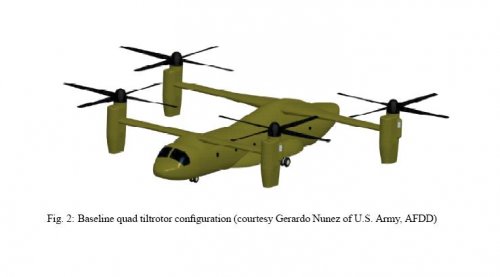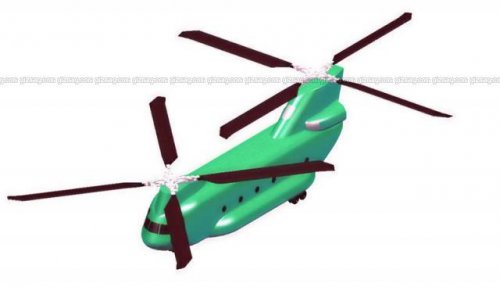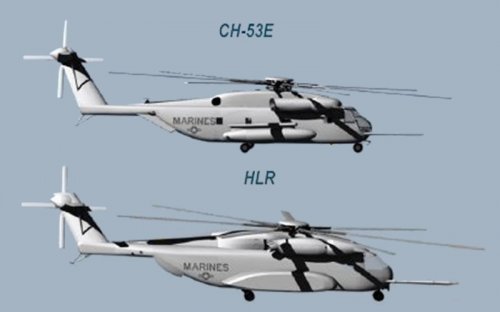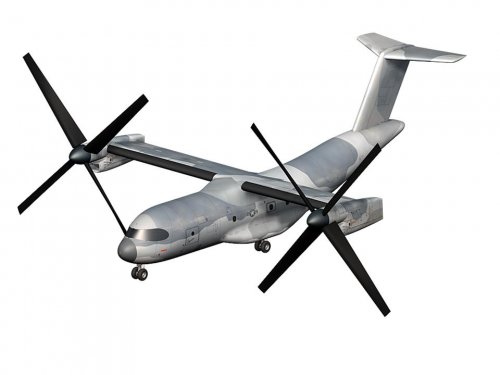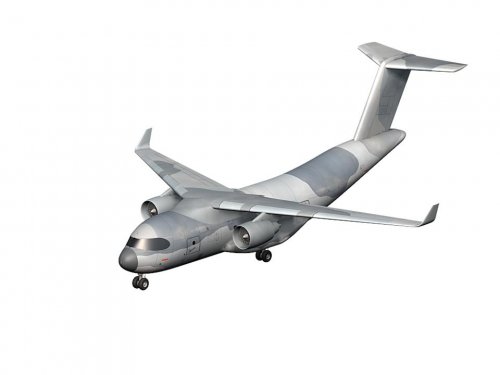yasotay said:
A name change and getting two services to work together does not of necessity spell the end of a program. JHL was itself the third name for an effort the U.S. Army has been working on for at least eight years. In fact the lineage of the JHL effort goes back to the beginning of Army Aviation efforts in the 1950’s. There has been a tremendous amount of work in the last five years by the Army with the USMC, USN and SOCOM. The USAF is now coming to the table.
Personally I am excited at the idea of the JCALS concept as it provides an opportunity to meet a diverse set of mission needs with a significant amount of commonality. I am under no illusions that it is as simple as deciding which wing to slap onto a fuselage, but the economies with sub components could be a significant factor for the services, not to mention the ability to reduce overhead with the potential of commonality of components.
I too hope that we get something out of this. I, though, am not so sanguine about the Joint Future Theater Lift program, especially since it is an Air Force led program. Experience on aircraft programs tends to indicate that Air Force has its vision of its roles and missions and other services need to adapt. Maybe it'll be different this time but I have concern that with the merger of the Speed Agile requirements into this program, VTOL and other needed Army (and eventual possible USMC) capabilities will be sacrificed. USAF is demanding, stealth (In a tactical airlifter-Why?) and Mach .8 cruise (In a tactical airlifter-Why?). I'm not sure that those requirements can be affordably accommodated in an aircraft that can also do VTOL, sustained powered lift and external crane, key JHL requirements. Of course, USAF sees no need for VTOL anyway, so from their point of view this is a non-issue. There was some speculation when USAF started talking up Agile Airlifter before the JFTL merge that USAF announced those needs because they new JHL couldn't do them and that would insure they didn't have to be in a subordinate program. I have no knowledge of the veracity of those claims, but based on history I don't discount them out of hand.
The JCALS concept is an exciting one, as long as its goal is to get the maximum commonality and cost savings consistent with meeting mission requirements and not just shoehorning everyting into one size fits all. The shadow of the TFX extends all the way to today.
Keeping my fingers crossed...

